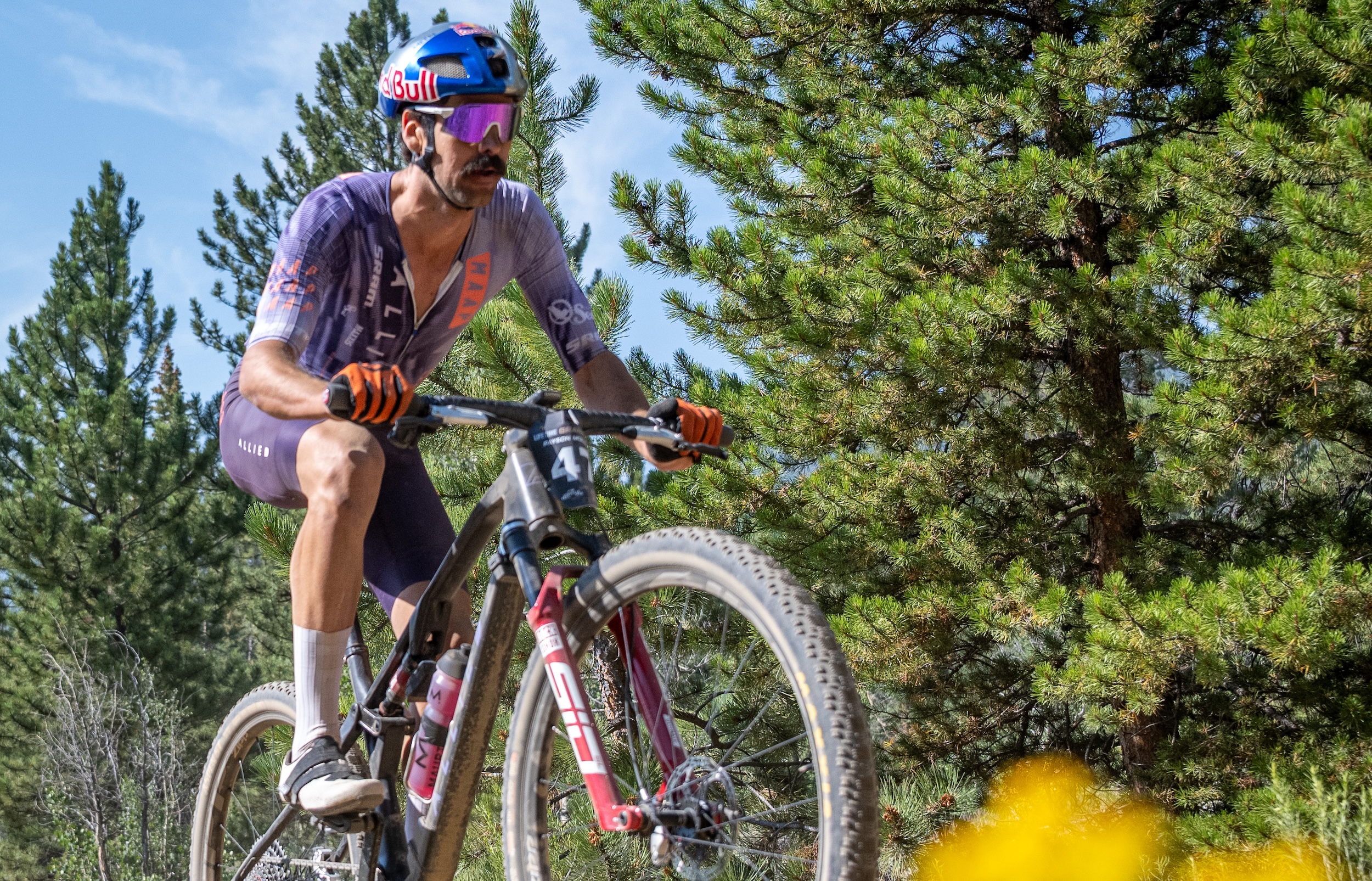A tale of two teams: Nairo Quintana and the revival of a Tour de France dream
Colombian takes aim at the 2020 yellow jersey with Arkéa-Samsic
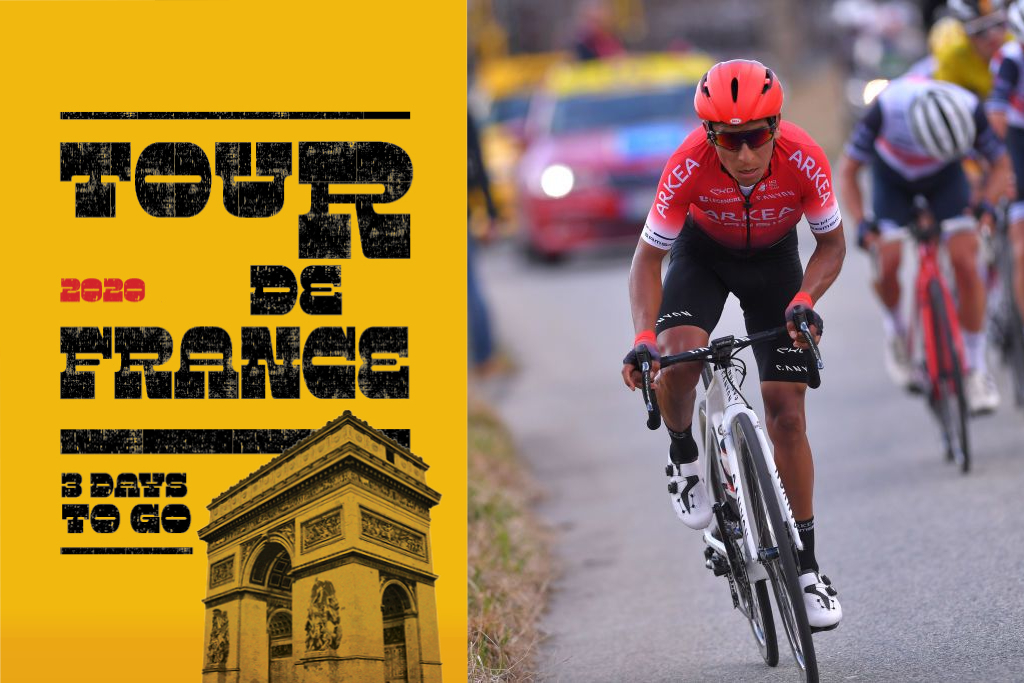
On a drizzly evening in Belfast on the eve of the 2014 Giro d’Italia, Eusebio Unzué offered a surprising response when asked to compare Nairo Quintana with a rider from a previous generation. Rather than focus on his rider’s technical attributes, he emphasised his personality. “I’ve never known a rider with so much character,” Unzué said. “In that sense, he’s like Bernard Hinault.”
At first glance, the comparison seemed unlikely. Quintana, a softly spoken and largely undemonstrative young man from rural Boyacá, seemed light years removed from a blunt and often hectoring force of nature like Hinault, who hailed from the very epicentre of European cycling.
Unzué’s analogy made rather more sense a little over two weeks later, when the Giro reached Sarnonico for the start of stage 17. Quintana had seized the maglia rosa the previous day at Val Martello, after forging clear on the snow-swept descent of the Stelvio, but some of those caught behind were under the impression that the stage had been temporarily neutralised.
There were even calls from the AIGCP for Quintana to be docked the time he had gained on the descent of the Stelvio, and Unzué found himself engaged in heated parleys with his fellow managers in the start village in Sarnonico.
Quintana, meanwhile, appeared utterly unmoved by the polemical atmosphere swirling outside the Movistar bus. When he emerged to sign on for the day’s stage, he was wearing pink shorts, a pink helmet, pink-rimmed glasses, pink gloves, and, of course, the pink jersey. The note of defiance was clear. If they wanted his pink jersey, they’d have to come and take it off him. The Badger would undoubtedly have approved.
Six years on, when Quintana was seeking to reignite his career after a stale end to his tenure at Movistar, serendipity – or rather, agent Giuseppe Acquadro’s rolodex – brought him to Hinault’s native Brittany.
The move to Pro Continental outfit Arkéa-Samsic raised eyebrows when it was first reported last summer but as a rejuvenated Quintana lit up the French calendar in the opening weeks of the 2020 season, it suddenly had the appearances of the best transfer since Philippe Gilbert signed for QuickStep. It also begged the question: where did it all go wrong at Movistar?
The latest race content, interviews, features, reviews and expert buying guides, direct to your inbox!
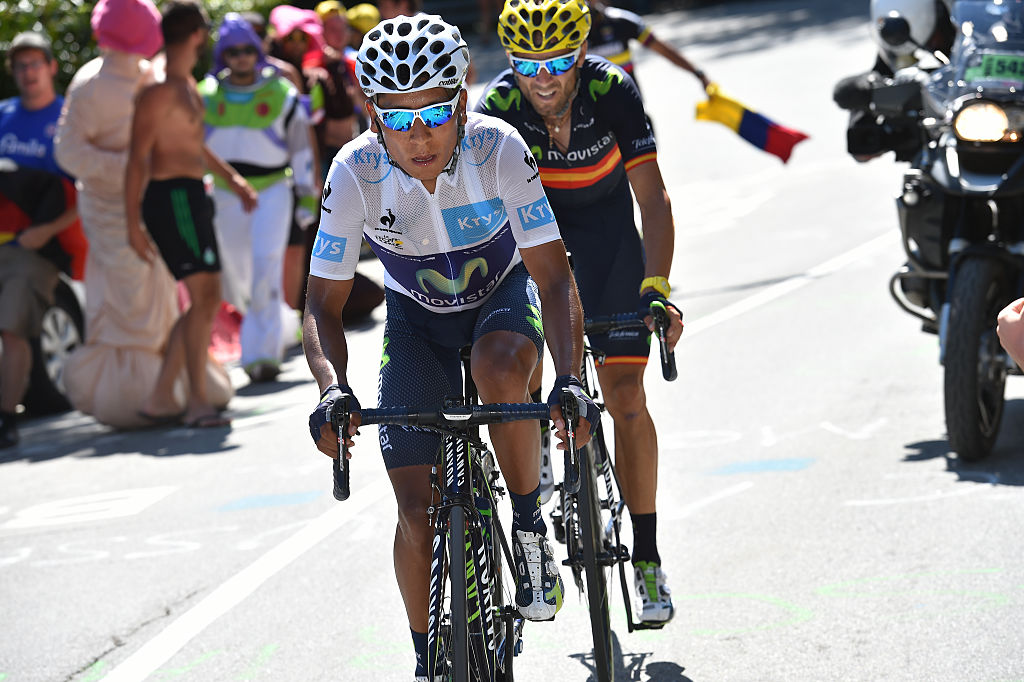
At the beginning of a 2015 season centred on Quintana’s tilt at the Tour de France, Movistar’s future increasingly looked destined to be built around the Colombian. The sponsor’s interests in South America meant that Quintana’s sporting value seemed to be matched by his marketing potential. At that January’s Tour de San Luis in Argentina, the man most likely to give Latin America its first Tour de France victory was given top billing in all local coverage. His appearance on a late-night sports analysis show, broadcast from a makeshift studio on a street corner, was enough to stop traffic in a country where football is king.
Yet even here, there seemed to be a tension between the team’s overbearing handling of Quintana and the rider’s own, more informal relationship with stardom. Movistar were the only team in San Luis to cordon off their vehicles from the public each day at the start, but Quintana defeated the purpose of the exercise by rolling down his window to greet the fans who gathered around.
Quintana’s challenge at the 2015 Tour ultimately suffered a decisive setback when he was defeated by Chris Froome on the first summit finish at La Pierre Saint Martin, though he was able to draw upon reservoirs of defiance to give Team Sky a late scare in the Alps. His volley of attacks at La Toussuire and l’Alpe d’Huez cut his final deficit to 1:12 in Paris and gave reason to keep believing that a maillot jaune lay in his future. Movistar’s marketing arm duly promoted a hashtag trumpeting Quintana’s sueño amarillo, his yellow dream.
Instead, 2015 proved the highwater mark for Quintana as a Tour contender and, arguably, for his status at Movistar. He again raced early and very often in 2016, but while victories at the Volta a Catalunya and Tour of the Basque Country cemented the team’s position atop the WorldTour standings, they were of questionable benefit to the rider’s preparation for the Tour.
A tired Quintana was a shadow of his true self in July, when his old turn of pace in the mountains deserted him and he laboured to a distant third place in Paris. It was a testimony to Quintana’s resilience – or perhaps, the general fatigue in the peloton in an Olympic year – that he ground out overall victory at the Vuelta a España two months later, but that triumph couldn’t quite paper over the cracks developing in his relationship with his team.
Matt Rendell’s recently published book Colombia Es Pasión! paints compelling portraits of the current generation of Colombian riders, as well as the society, culture and modern history of their nation. It also provides considerable detail on the various stages of Quintana’s journey from a smallholding in the hills above Cómbita to the summit of professional cycling. Rendell had a brief stint at the team as Quintana’s press officer in early 2016 but, more importantly, he has observed the entire arc of Colombian’s career at close quarters for the past decade.
He suggests that one of the first important divergences between Quintana and Movistar concerned the team’s treatment of his younger brother Dayer, who was routinely dispatched to races ill-suited to his talents. His book outlines how Quintana considered leaving the team at the end of 2015, only to be convinced to stay by Movistar Colombia.
“They promised they would sort out the list of things he wanted corrected, but they never were,” Rendell tells Cyclingnews. “I think there was always this conflict of interests between a Spanish team where there was a considerable amount of sponsorship money coming from Latin America but with no representation in the management of the team. Movistar Chile, Movistar Ecuador and Movistar Colombia were contributing a lot to the team, but the team was Spanish.”
Quintana’s presence helped to loosen the purse strings of Movistar’s South American branches in the short term, but the team’s Pamplona-based management had run the team with a succession of Spanish (and French) sponsors for four decades. They were perhaps mindful that they might need to find another Spanish backer at some point in the future, and so they were unwilling to stray too far from the team’s longstanding Navarran identity.
“There was a sense in which Abarca Sports [the holding company behind the team – ed.] began to feel as though Nairo was its rival, that Nairo would become bigger than the team and that it was important for the team to stay bigger than Nairo, which I think was an entirely false way of seeing that relationship,” Rendell says.
Quintana and Movistar’s marriage seemed to become an increasingly unhappy one across his final three years at the team, though a big victory might have served to bring the two sides closer together. Instead, Quintana endured a near miss at the 2017 Giro and it was striking that on the eve of the final time trial – when his rider was still in the pink jersey of race leader – Unzué was already resigned to defeat.
“I think Nairo was missing that percentage point of brilliance he's had in the past,” he said after Quintana had failed to distance eventual winner Tom Dumoulin at Asiago.
A more pointed comment was to follow as an exhausted Quintana struggled to 12th at that summer’s Tour, when Unzué told El País that his rider – then only 27 – had “started getting old very young.” Rendell believes Unzué’s comments were designed to encourage Movistar owner Telefónica to rubberstamp the arrival of Mikel Landa from Team Sky, but the statement can hardly have helped relations with Quintana. It was the prelude to a long divorce that at times felt like a protracted version of the breakdown in communication between Miguel Indurain and Banesto in 1996, reconstructed in Alasdair Fotheringham's biography Relentless.
In 2018 and 2019, Quintana, Landa and Alejandro Valverde formed a rather disjointed Movistar triumvirate at the Tour, and while the Colombian won a mountain stage on each occasion, he could only manage 10th and 8th place finishes in Paris. Their final, unhappy Tour together was chronicled in the Netflix documentary series The Least Expected Day, and the edit seems to depict Quintana as a brooding figure whose silences dictate the mood on the bus.
The characterisation, Rendell argues, is unfair. In Colombia Es Pasión! he notes that Quintana’s apparent self-containment is a consequence of his rural upbringing in Cómbita: “The Quintana children scarcely saw a television. As a result, the filmic language of gesture and expression, second nature to those socialised before the small screen, was foreign to them.”
Mercifully, Quintana is depicted in a kinder light by the end of the series, when he is shown making a tearful farewell speech at the team’s post-Vuelta dinner. “At times, I seem cold,” he said. “But I want to know you’re in my heart and I’m proud to have been part of the Movistar family.”
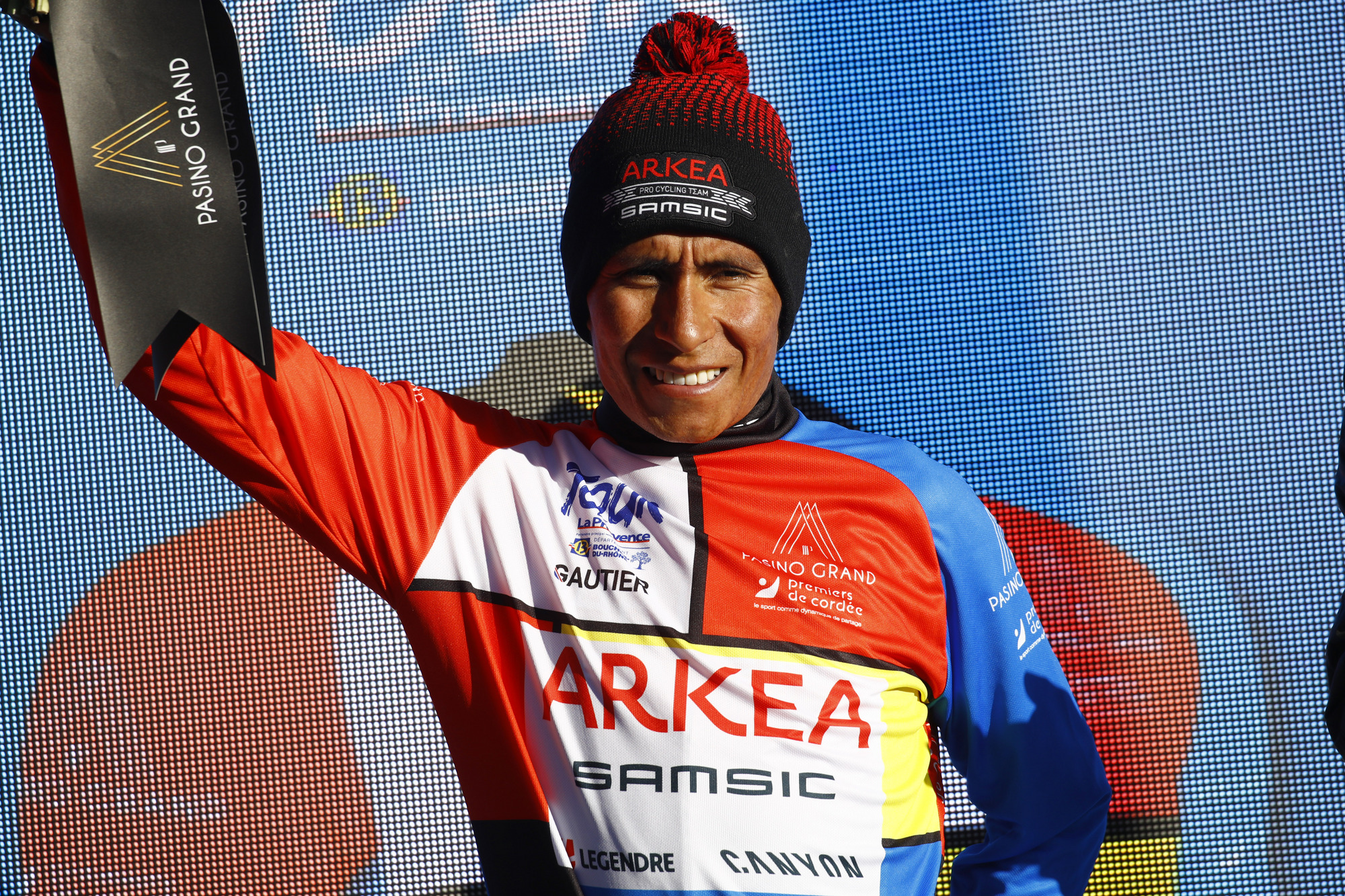
A second-tier team operating out of Rennes seemed an unusual landing site for Quintana and news of his passage to Arkéa-Samsic briefly brought to mind some other unexpected – and ill-fated – French transfers such as Joseba Beloki’s ephemeral stay at Brioches La Boulangère in 2004 or Evgeni Berzin’s brief cameo at La Française des Jeux in 1998.
Quintana’s natural reserve meant that some of his new teammates initially thought him an aloof figure, though the first impression was not lasting.
“To be honest, he can seem quite cold at first, but when we got to know him a little bit, we quickly realized that he is very, very demanding in all areas, whether it's nutrition, equipment, training,” Kévin Ledanois told Vélo 101. “But you could also see that he is someone who needs to feel ‘at home’ to perform well.”
It helped, of course, that Quintana was surrounded by familiar faces at Arkéa. Ledanois’ father Yvon, a directeur sportif at the team, was part of Movistar’s management in Quintana’s debut professional season in 2012. Quintana’s fellow new arrivals included his brother Dayer, who had been jettisoned by Movistar in 2018, his most trusted domestique Winner Anacona, and Diego Rosa, who is also a client of his agent Giuseppe Acquadro.
Indeed, tensions between Acquadro and Movistar were ambient noise throughout Quintana’s final season at the team. Acquadro’s clients were eventually decreed personae non gratae by Unzué late last year following the acrimonious departures of Richard Carapaz and Andrey Amador.
“It's important for him to have his brother and people he trusts like Anacona around him,” Yvon Ledanois told El Tiempo in March.
“That makes Nairo get it into his head that he can achieve his goals.” Quintana’s fellow Boyacá native Anacona echoed the sentiment: “There’s no doubt that changing to a team where he feels supported as an absolute leader is something that gives him much more motivation.”
Although Arkéa-Samsic were careful to stress that Breton favourite Warren Barguil would be handed a degree of latitude at the Tour, the team is built squarely around Quintana in a way that Movistar was not. At early-season races in southern France, for instance, the team briefing was delivered first in Spanish and then translated into French. And while the Arkéa adapted to Quintana, he, too, agreed to tailor his racing programme to their needs, namely by forgoing the Tour Colombia and ensuring he was already in winning form when the Tour de la Provence scaled Mont Ventoux in February.
“Nairo gave a press conference in Bogotá in December last year and someone said, ‘What do you need to be the rider you were winning Grand Tours?’ and he replied, ‘I just need to be happy’” Rendell says. “I think that says a lot, but at the same time, there was a very definite strategy with Arkéa: they wanted to present their new big-money signing to the French public with a win on Mont Ventoux.”
Further victories at the Tour des Alpes Maritimes et du Var and at La Colmiane on Paris-Nice seemed to confirm that Quintana was not aging as quickly as Unzué had once implied. Until the cycling season was interrupted by the coronavirus pandemic in March, Quintana had been the peloton’s outstanding performer and the sueño amarillo looked less nebulous than at any point since 2015.
Three days shy of the Tour de France Grand Départ in Nice, however, the picture is less clear.
While Quintana’s measured display at the Tour de l’Ain indicated a man bubbling under ahead of the Tour, his abandon through injury on the final day of the Dauphiné was grounds for concern. He had injured his knee when he was struck by a car while training in Colombia in early July and although Arkéa-Samsic manager Emmanuel Hubert insisted on Monday that he has “no worries” about Quintana’s fitness for La Grande Boucle, doubts will linger at least until the ascents of La Colmiane and the Turini on Sunday.
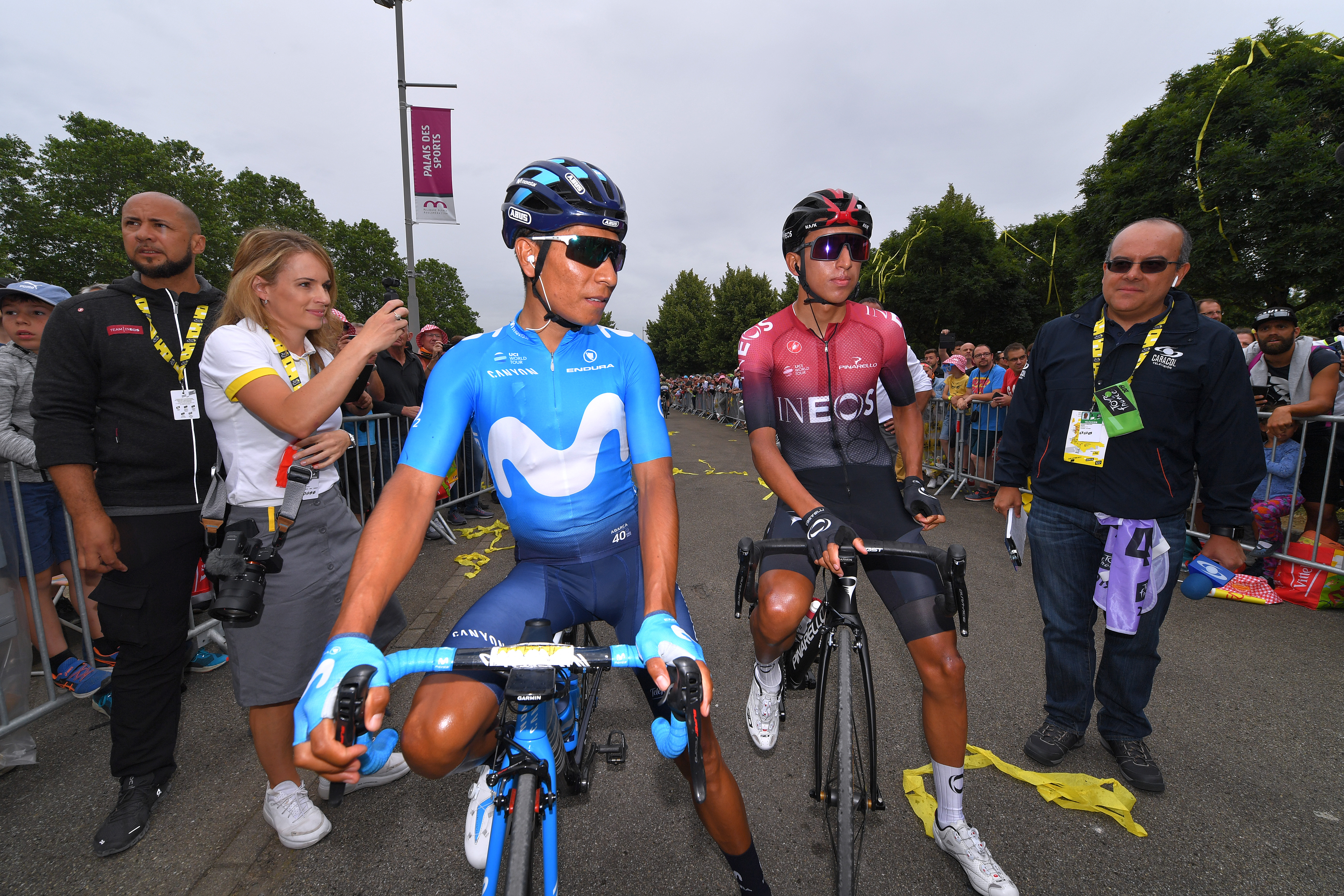
Quintana was, of course, beaten to his own destiny last summer, when Egan Bernal rode into Paris in the yellow jersey of Tour de France winner. If would have been understandable had Quintana felt a pang of envy at his young compatriot’s achievement, but he betrayed no signs of jealousy.
“I think the sons of the peasantry learn early in life to accept the things they can’t change,” says Rendell, who notes that Quintana remains more famous and more popular than Bernal in his home country, by dint of his own longevity and the brevity of the Ineos rider’s amateur career in Colombia.
Quintana is aware of that platform and, a rarity for a grandee of the peloton, he very actively uses it to support social causes. In 2013, for instance, he condemned violence from authorities against protesting peasant farmers in Catatumbo. He later began a social media campaign against violence towards women and he has become an advocate for small agricultural producers.
Simply put, the quiet man from Vereda La Concepción is professional cycling’s highest-profile activist-athlete.
“I think if Nairo had been French or British or Italian and acted in the socially responsible way he does, he’d be celebrated much more for that in Europe,” Rendell says.
His activism has extended to Colombian cycling politics, where he campaigned unsuccessfully for a candidate of change in the 2017 presidential elections. By then, Quintana had already been fighting Colombian cyclists’ corner out on the road for the bones of a decade.
After the 2010 Tour de l’Avenir, for example, Quintana recounted his response to the umpteenth incident of prejudice in the peloton to Solo Ciclismo. “One day, a French rider grabbed Jarlinson Pantano's bike by the handlebars and threw him off his bike. So in retaliation, I went over and pushed this French rider into a ditch,” he said.
Quintana carved out yet more space for Colombian cycling by winning the overall title at that Tour de l’Avenir, just weeks after the Tour de France had taken place without a Colombian participant for the first time in 27 years.
“It was the win that launched a thousand ships,” says Rendell. It certainly changed the course of Colombian cycling. The sueño amarillo flowered in the years that followed.
Quintana wasn’t the first man to scale that particular mountain, but the assault on the Tour de France wouldn't have happened without him, and he keeps on climbing all the same.

Barry Ryan was Head of Features at Cyclingnews. He has covered professional cycling since 2010, reporting from the Tour de France, Giro d’Italia and events from Argentina to Japan. His writing has appeared in The Independent, Procycling and Cycling Plus. He is the author of The Ascent: Sean Kelly, Stephen Roche and the Rise of Irish Cycling’s Golden Generation, published by Gill Books.
